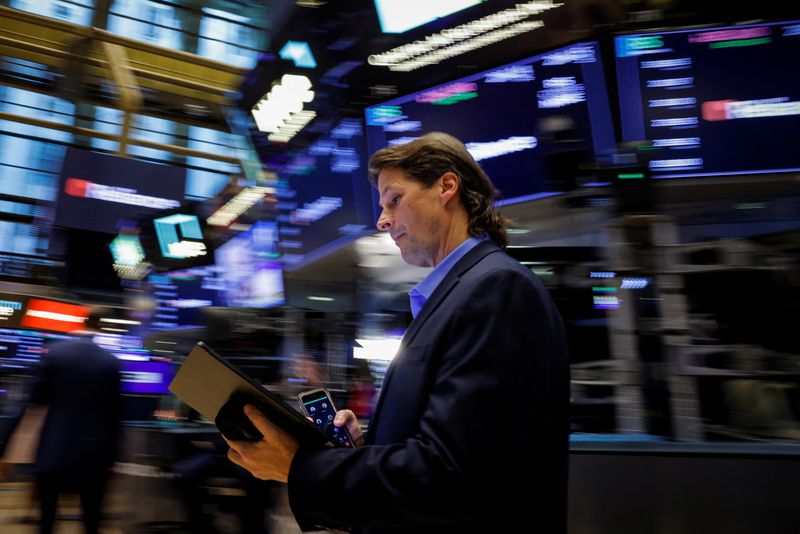By Suzanne McGee
(Reuters) - Assets in actively managed exchange-traded funds (ETFs) worldwide hit a record $1 trillion at the end of August, according to data provider ETFGI, boosted by easier regulations and a wave of product innovation.
Active ETFs seek to outperform the indexes they are benchmarked to, including the S&P 500, the Nasdaq 100 and the Russell 1000 Growth Index. Bear Stearns launched the first active ETF in 2008.
While they make up just 7% of all global ETFs, active ETFs have accounted for 30% of all inflows into the funds as a whole for the last several years, Matthew Bartolini, head of SPDR Americas Research at State Street (NYSE:STT) Research, told Reuters in the latest episode of Inside ETFs.
A key growth catalyst, analysts said, was the 2019 regulation popularly known as the “ETF rule,” which streamlined the complex process of winning approval for active ETFs from the U.S. Securities and Exchange Commission. Assets in the active ETF category have grown about 10-fold since 2019, according to data from ETF.com.
Growth has continued this year. As of Aug. 31, active ETF assets soared 42%, data from ETFGI showed.
The more relaxed regulations have also fueled innovation, Bartolini said, encouraging issuers to take novel approaches to products as they vie for investor dollars.
Active ETFs run the gamut from the plain vanilla, such as the BlackRock (NYSE:BLK) Large Cap Value ETF to more niche offerings, like the AdvisorShares Vice ETF, which invests in shares of companies involved in the alcohol, tobacco and cannabis industries.
"These regulatory rule changes have actually accelerated some of the more novel approaches that ETF issuers can bring to the marketplace," Bartolini said.
Active ETFs include products that have been wildly volatile, such as Ark Innovation ETF, which soared 152% in 2020, only to slump 23% the following year. So far in 2024, it has lost 9.74%, compared with a 20% gain in the S&P 500. Some can also magnify risk, such as leveraged ETFs tied to the performance of individual stocks like Nvidia (NASDAQ:NVDA).
Nor are all active ETF issuers faring well.
The 10 largest issuers accounted for 75% of active ETF assets, according to a Morningstar report from earlier this year. The bottom half of active equity ETFs have only 3% of all the group's assets.
"ETFs that repackage old-fashioned stock-picking have struggled to attract assets," said Jack Shannon, manager research analyst at Morningstar, in a report published on Tuesday.
Tim Huver, senior vice president of ETF Servicing at Brown Brothers Harriman, said active ETFs may require investors to do more due diligence. Nonetheless, he believes the category has reached a turning point.

A Brown Brothers survey found that more than 90% of ETF investors intended to increase their allocation to active ETFs, Huver said.
"I think the second trillion is going to arrive much more rapidly than it took us to get to the first trillion," Huver said.